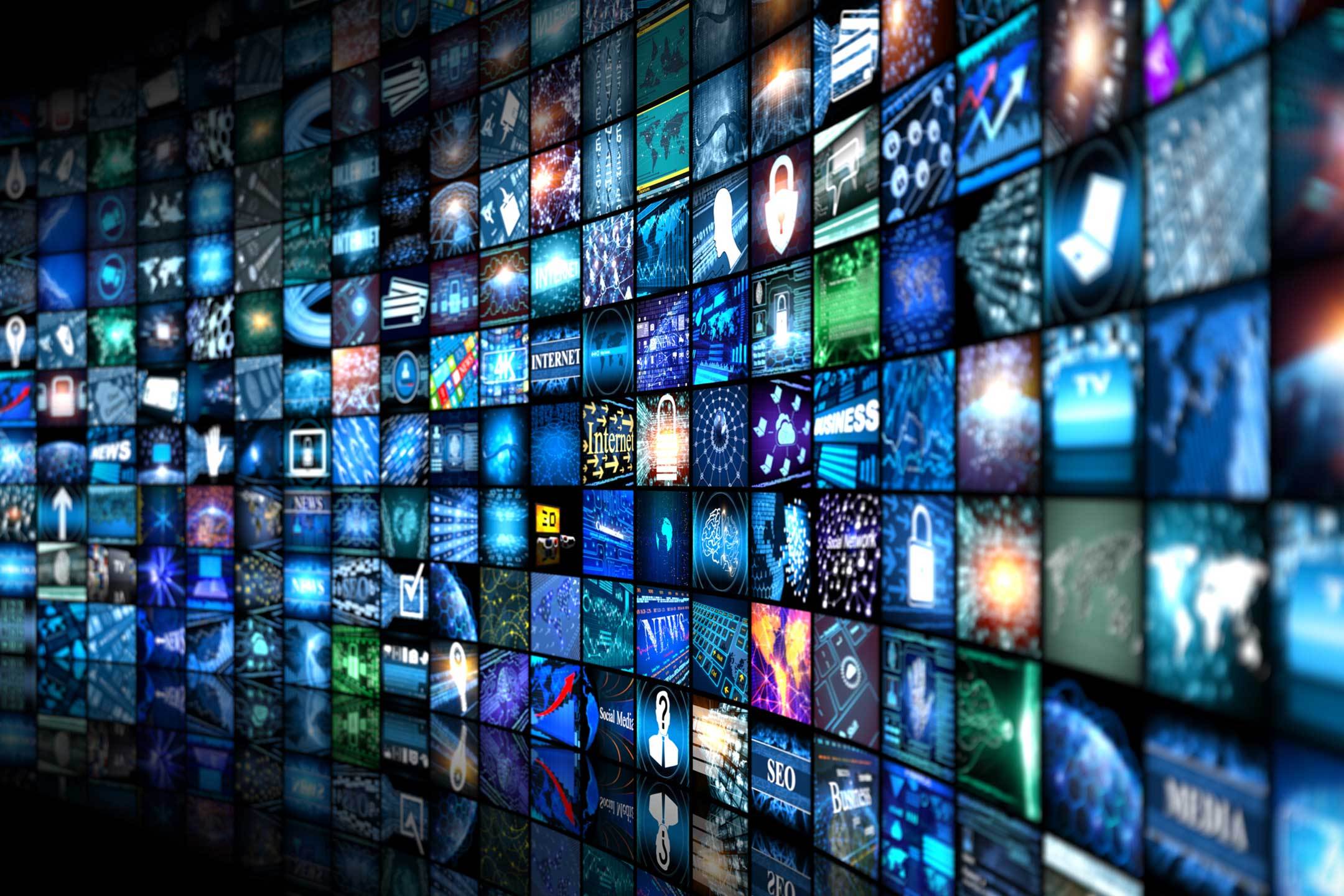How Technology Advances Are Enhancing Wellness in Everyday Life
Introduction: The Transformative Role of Technology in Wellness
In recent decades, advancements in technology have fundamentally reshaped how we approach our well-being. From telemedicine to mental health apps and online support communities, digital innovations are helping people achieve healthier, more connected lives. This article explores the positive effects of technology on wellness, offering practical steps for leveraging these tools, highlighting real-world examples, and outlining ways to access relevant services.

Source: dailyhive.com
1. Expanding Access to Healthcare Through Technology
One of the most significant ways technology has improved wellness is by enhancing access to healthcare. Telemedicine, or virtual doctor visits, allows individuals to consult healthcare providers remotely. This is especially beneficial for those in rural or underserved areas, the elderly, and people with mobility challenges. Through video calls, secure messaging, and remote monitoring devices, patients can receive timely medical advice, manage chronic conditions, and follow up on treatments without the need to travel [1] .
To use telemedicine effectively, consider these steps:
- Choose a reputable telemedicine provider or use your current healthcare provider’s digital platform.
- Ensure you have a reliable internet connection and a device with a camera and microphone.
- Prepare your medical history, a list of symptoms, and any relevant questions before the appointment.
- Follow up with in-person care if recommended by your provider.
If you do not have a regular healthcare provider, you can search for ‘telemedicine services near me,’ review options through your health insurance portal, or contact local clinics for digital care availability. Many major health systems now list telehealth options directly on their official websites.

Source: nickiswift.com
2. Supporting Mental Health with Digital Tools
Mental health support has been greatly expanded by technology. Mobile apps, online counseling platforms, and digital communities provide resources for managing stress, anxiety, depression, and other concerns. During the COVID-19 pandemic, teletherapy became a lifeline for many who otherwise lacked access to mental health professionals, especially in remote regions [5] .
Ways to access digital mental health support include:
- Exploring mental health apps (such as mood trackers, guided meditation, or cognitive behavioral therapy tools) via your device’s official app store.
- Contacting the 988 Suicide & Crisis Lifeline by phone, text, or chat for immediate support in the United States.
- Searching for ‘licensed online counseling services’ and reviewing verified platforms that connect users to professional therapists.
Before choosing an app or service, check user reviews, privacy policies, and professional credentials. The National Institute of Mental Health recommends being cautious, as not all digital mental health products are regulated or proven to be effective [5] . When in doubt, consult your healthcare provider or a trusted mental health organization for guidance.
3. Enhancing Social Connections and Community Support
Digital platforms have revolutionized how people connect, fostering social support networks and reducing feelings of isolation. Social media, video calls, and online forums allow individuals to maintain relationships, join support groups, and share experiences regardless of geographic distance [4] .
To use technology for social wellness:
- Join online communities focused on shared interests or experiences, such as wellness forums or hobby groups.
- Schedule regular video calls with family or friends, especially those who live far away or have mobility limitations.
- Participate in virtual support groups for health conditions, caregiving, or mental health challenges.
While digital interaction cannot fully replace face-to-face engagement, it provides valuable alternatives when in-person meetings are not possible. For those seeking community, consider searching for ‘online support groups for [your interest or condition]’ and review offerings from established organizations or healthcare providers.
4. Promoting Preventive Health and Well-Being
Wearable fitness trackers, smartwatches, and health monitoring apps empower users to take charge of their physical wellness. These technologies can track physical activity, heart rate, sleep patterns, and other vital signs, encouraging healthier habits through real-time feedback and goal-setting [1] . Many people use step counters or reminders to integrate more movement into their day, which can be especially helpful for those working in sedentary jobs.
To get started with health tracking technology:
- Choose a device or app that aligns with your health goals (e.g., counting steps, monitoring sleep, or tracking nutrition).
- Set realistic, personalized goals and monitor your progress over time.
- Use reminders and motivational features to stay engaged and adjust your behavior if needed.
Fitness trackers are available from numerous reputable electronics retailers and can be compared for features and price. If you are unsure which device is best, read reviews from established technology publications or consult your healthcare provider for recommendations.
5. Empowering Health Education and Self-Management
The internet has made health information more accessible than ever before. Websites run by reputable health organizations, government agencies, and academic institutions provide evidence-based guidance on managing conditions, understanding symptoms, and making informed decisions [2] . This democratization of information helps people become active participants in their own wellness journeys.
To ensure you are accessing reliable health information:
- Use official sources such as the Centers for Disease Control and Prevention (CDC), World Health Organization (WHO), or the National Institutes of Health (NIH).
- Search for ‘CDC [health topic]’ or ‘NIH [condition]’ to find up-to-date, evidence-based resources.
- Be wary of unverified advice from non-expert sources or social media influencers.
If you have questions about a specific health condition or treatment, you can contact your healthcare provider or consult established health information portals. Many of these sites also offer tools for symptom checking, risk assessment, and interactive guides.
6. Addressing Challenges and Finding a Healthy Balance
While the benefits of technology for wellness are substantial, it is important to be aware of potential drawbacks. Excessive screen time can contribute to physical discomfort, disrupted sleep, and mental health challenges such as anxiety or social comparison [1] [3] . To maximize positive outcomes, consider these tips:
- Set regular breaks from digital devices to reduce eye strain and musculoskeletal discomfort.
- Establish screen-free periods, especially before bedtime, to promote better sleep.
- Use technology mindfully, prioritizing quality interactions and reputable information.
Many devices and apps now offer built-in tools to monitor and limit screen time. Experimenting with these features can help you maintain a healthy relationship with technology. If you notice negative effects, consider seeking guidance from a healthcare provider or digital wellness expert.
Conclusion: Leveraging Technology for Better Wellness
Technology continues to shape how we manage our health, access care, and connect with others. By using digital tools responsibly and seeking out reliable resources, individuals can harness technology’s full potential to support their well-being. If you are interested in exploring specific services, you can:
- Contact your healthcare provider about telemedicine and digital health support options.
- Search for ‘mental health apps’ in your device’s app store, reviewing credentials and user feedback.
- Visit official agency sites, such as the CDC or NIH, for trusted health information.
Remember, technology is a tool-its greatest benefits are realized when used thoughtfully, as part of a balanced wellness strategy.
References
- [1] Weljii (2025). Impacts Of Technology On Our Health: Risks and Benefits.
- [2] National Center for Biotechnology Information (2023). Digital Well-being Through the Use of Technology.
- [3] Citizen Advocates (2023). The Impact of Technology on Mental Health: Balancing Connection and Screen Time.
- [4] Social Connection Guidelines (2024). What is Technology’s Impact on Social Health?
- [5] National Institute of Mental Health (2024). Technology and the Future of Mental Health Treatment.
MORE FROM hotondeals.com













